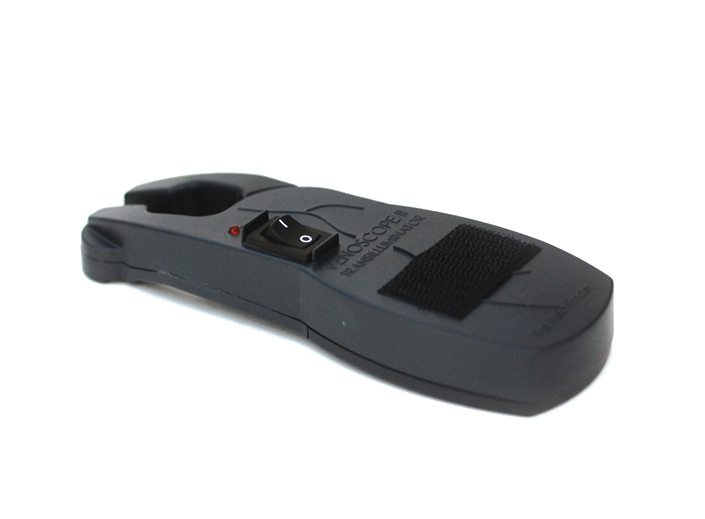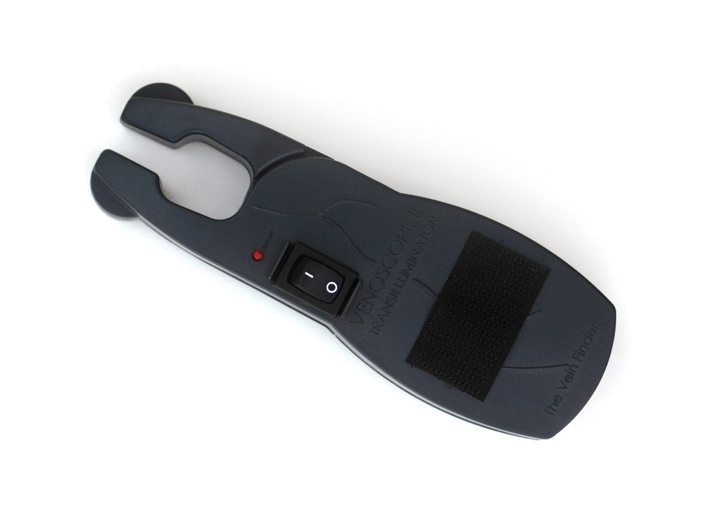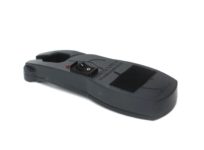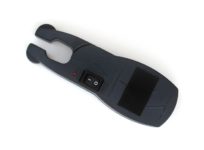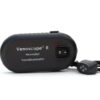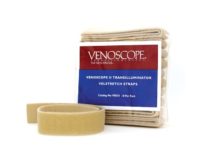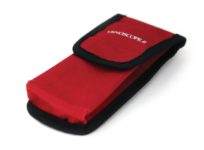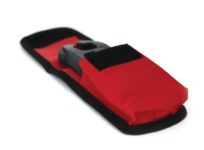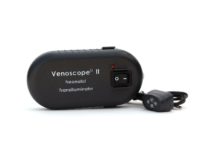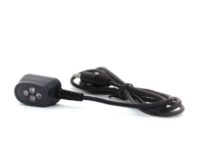Transilluminator | Vein Finder | Venoscope II | (VT03)
$285.00
The Venoscope® II transilluminator, The Vein Finder™ or Vein Light, allows a clinician to easily locate hard to find veins, making it faster and more efficient for health care providers and clinicians to deliver a higher level of quality care.
The Venoscope® II transilluminator, The Vein Finder™, allows a clinician to easily locate hard to find veins, making it faster and more efficient for health care providers and clinicians to deliver a higher level of quality care. Fewer sticks with the vein light means less time that a clinician needs to spend with each patient, reduces the waste of materials such as needles, syringes, PICC and midline trays, and makes the procedure safer and more comfortable for the patient.
Although in most cases a clinician can easily identify and access the veins of their patient’s, there are those patients with hard to find veins, such as the obese, elderly and patients with dark skin. Data collected in hospital settings show that as a result of patients with hard to find veins, multiple sticks occur on approximately twenty-five (25%) percent of patients. By using our transilluminator light, a clinician can reduce multiple sticks and increase the first stick success rate toward the 100% mark.
The use of our Transilluminator Vein Finder is a non-invasive procedure, and is done by placing the Venoscope® II on the surface of the skin of a patient in such a way that the high intensity light of Venoscope® II is projected into the subcutaneous tissue of a patient. The light causes the veins of a patient to contrast with the surrounding tissue, thereby making it easier to locate veins suitable for IV therapy and blood draws. This vein finder is an industry leader in quality and reliability.
Transilluminator and Vein Finder Instructions for Use
All clinicians using the Venoscope® II will read the Warranty and Instructional Information included with each Venoscope® II. The small fold out offers excellent advice on the use of the Venoscope® II.
- Apply the tourniquet.
- Dim the room lights (darker the better).
- Place the Venoscope® on the patient’s arm so that the light is projecting down into the subcutaneous tissue.
- Position the arms, two positions, so that the area between the arms is uniformly illuminated and there is no dark area between them.
- Slide the light over the patient’s arm looking for a dark line (a vein) to appear between and parallel to both arms.
- Depress both arms on either side of the dark line. If the dark line disappears and reappears when pressure is released, you have located a patent vein.
- Note bifurcations, length and size of the target vein. Deeper veins will appear as faint dark lines and more superficial veins will be clearly defined within the subcutaneous tissue.
- Reverse the light and attach it to the patient’s arm with the velstretch Velcro strap with the target vein positioned between the arms. Raise the light and prep the area with alcohol and perform the stick so that the needle enters the vein between the arms. You may be able to actually see the catheter as it moves toward the vein.
- Alternatively, simply mark the target vein with a surgical marking pen and turn the lights back on to proceed with the venipuncture.
- Complete the procedure as normal.
- If you are using it on neonates you simply place one of the arms under the palm of the little hand and the second arm under the forearm area. You can see the veins and arteries from the top. It can be used for pneumothorax and hydrocephalus as well as scalp vein IV access.
Related products
All Products
All Products
All Products
All Products
All Products

